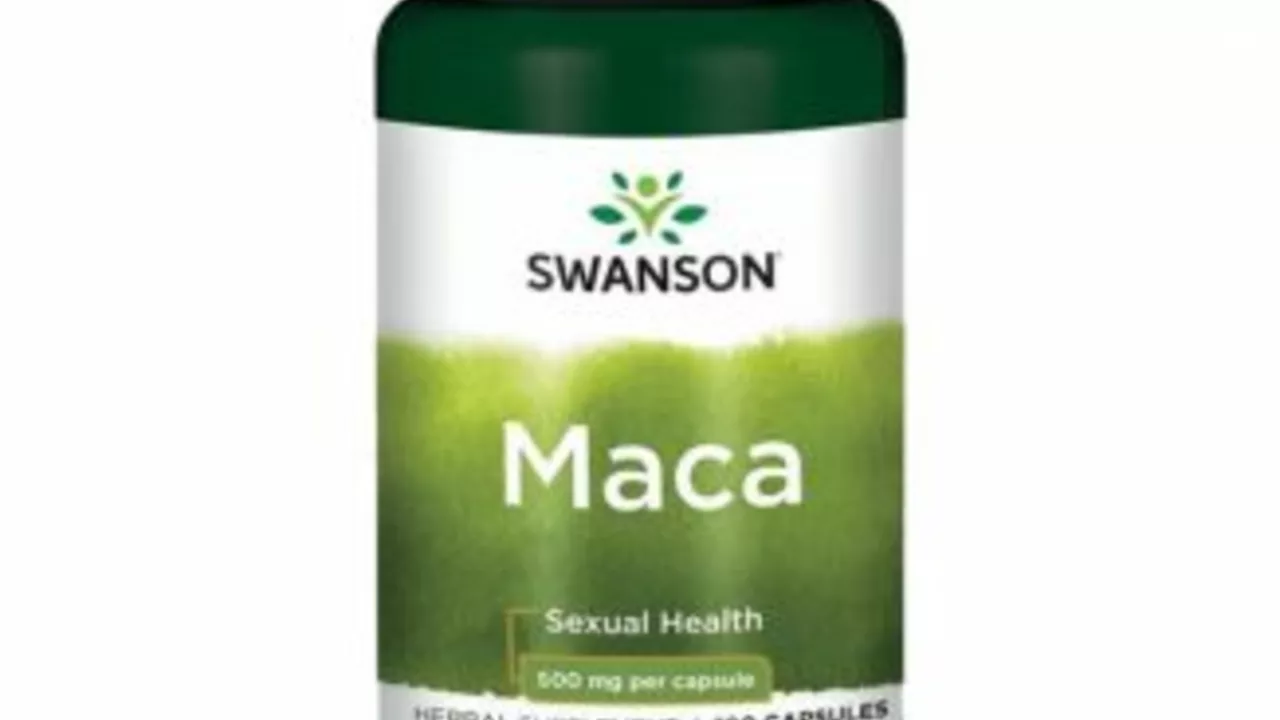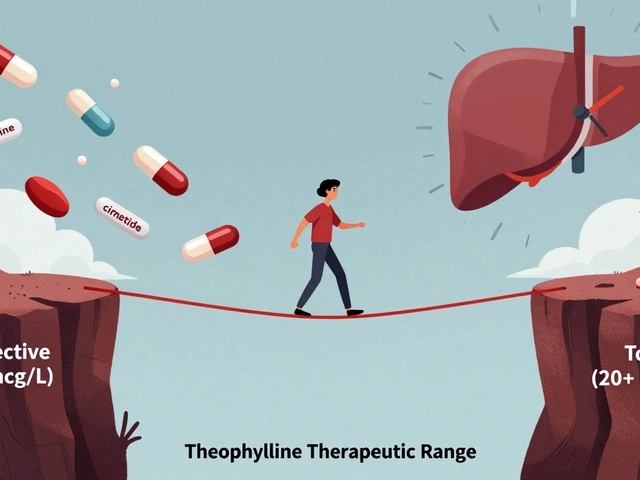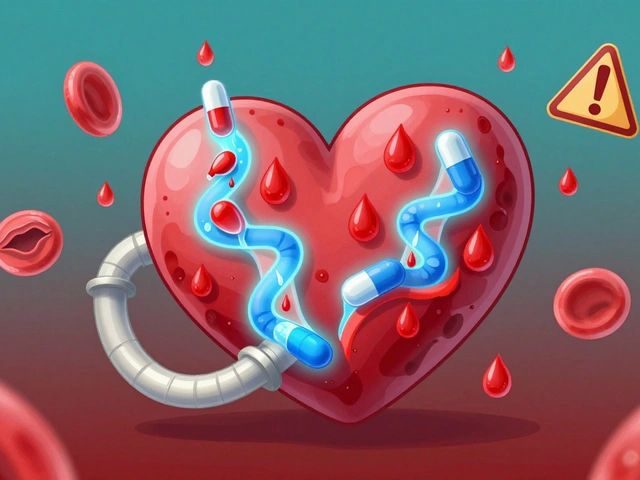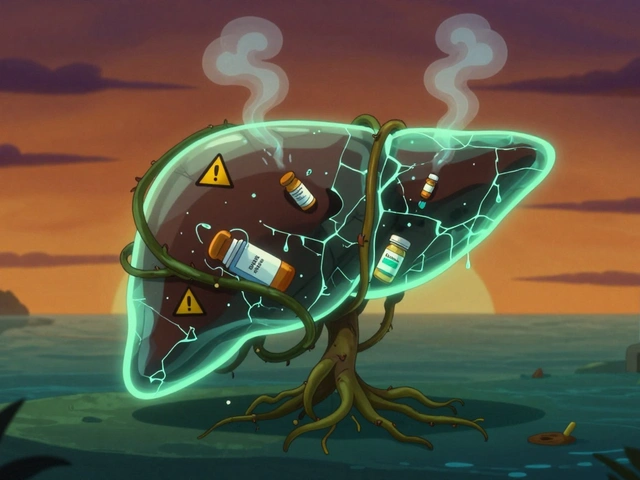Southern Prickly Ash: Identification, Uses & Safety
Want a plant that can tingle your tongue like Szechuan pepper and was once used as a folk remedy for toothache? That’s southern prickly ash (Zanthoxylum clava‑herculis). It’s a small tree native to the southeastern United States, easy to spot if you know what to look for and how people traditionally use it.
Look for a shrub or small tree with paired spines on the branches and pinnate leaves with several toothed leaflets. Crush a leaflet — you should get a sharp, citrusy, slightly numbing smell. In late summer or fall the tree bears clusters of reddish fruit that split open to show black seeds; those fruit husks are the part most often used.
It grows along riverbanks, rocky slopes, and in mixed woods. You’ll find it from the Gulf Coast up through parts of the Southeast. Because it’s not a tall canopy tree, it’s common in edge habitats and shows up in secondary growth and hedgerows.
How to Use Southern Prickly Ash
Traditionally, people chewed the bark or a fruit to ease toothache and oral discomfort — the numbing effect gives quick short-term relief. The dried fruit husks can be lightly toasted and used as a spice in very small amounts; they add a citrusy, tingly note similar to Sichuan pepper. Herbalists prepare teas, tinctures, or topical poultices from bark or fruit for circulation, mild topical pain, or digestive support, but keep usage light and cautious.
If you try a tea, steep a small pinch of crushed dried fruit or a thin strip of bark in hot water for a few minutes, taste, and stop if it’s too strong. For topical use, wrap crushed fruit or bark in a cloth before applying so bits don’t irritate the skin. If you’re buying prepared products, follow the label directions or ask a qualified herbalist.
Harvesting is simple: collect fruit when the husks turn red and begin to open. Cut small branches for bark only from mature plants and never strip bark around the entire trunk — that can kill the tree. Dry plant parts in a shaded, airy spot and store in airtight jars away from light.
Safety and Precautions
Southern prickly ash is a traditional remedy, not a guaranteed cure. Some people get skin irritation or contact dermatitis from handling the plant, so always test a small skin patch first. Avoid use during pregnancy or breastfeeding unless a healthcare professional approves. If you take prescription medicines, especially blood-thinning or heart drugs, check with your doctor before using this plant. And never replace prescribed treatments with a home herbal remedy without professional advice.
Foragers: be sure of your ID before using any wild plant. Zanthoxylum has a distinct aroma when crushed — that smell can help confirm ID — but when in doubt, consult a local extension office or experienced forager. If you want ready-made products, buy from reputable suppliers that list botanical names and extraction methods.
Southern prickly ash can be a useful, interesting plant to try in small, careful ways. Treat it with respect, keep safety first, and you’ll get the most out of this prickly, tingly native shrub.
Transform Your Health with Southern Prickly Ash: The Potent Dietary Supplement You Can't Ignore
I recently discovered an incredible dietary supplement that has completely transformed my health - Southern Prickly Ash. This potent herb is native to the southern United States and has been used for centuries in traditional medicine. Its numerous health benefits include improving digestion, boosting the immune system, and reducing inflammation. I couldn't ignore the power of this amazing plant anymore, so I decided to give it a try and I'm thrilled with the results. If you're looking to improve your overall health, I highly recommend you give Southern Prickly Ash a try too!






